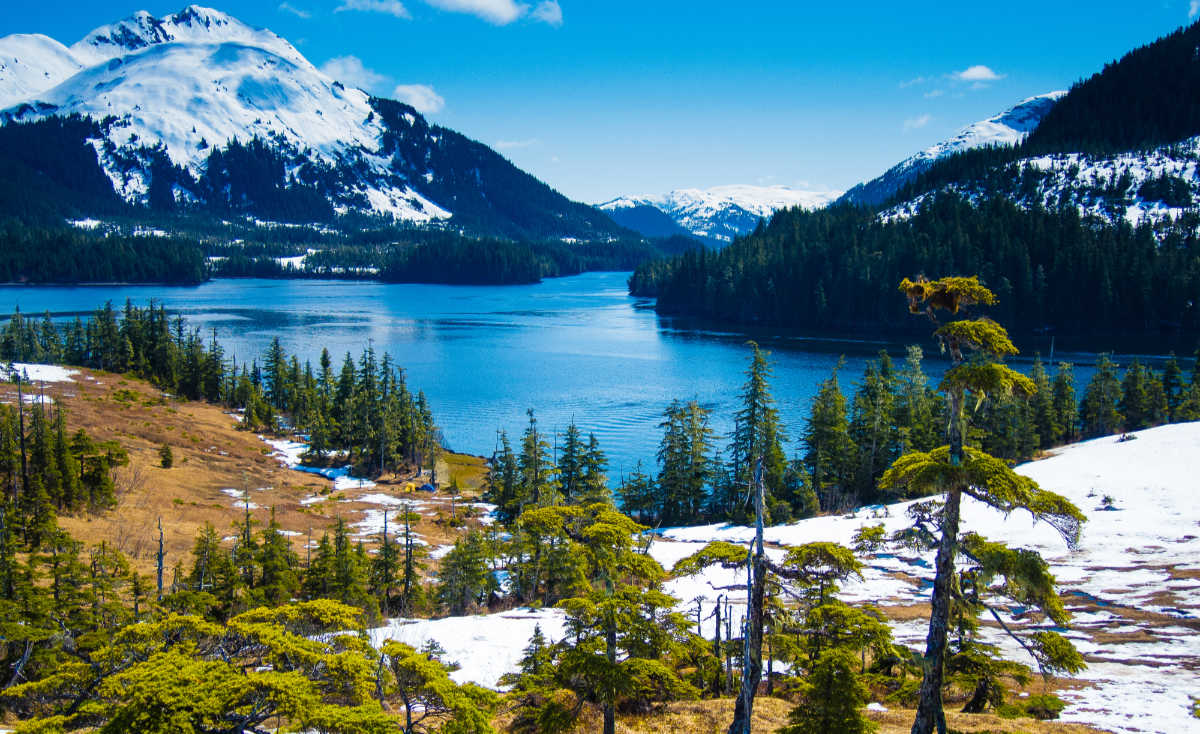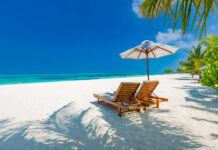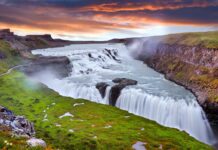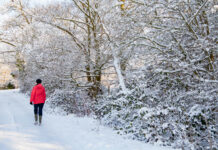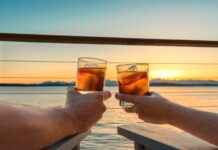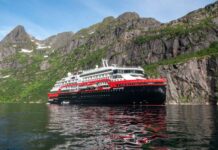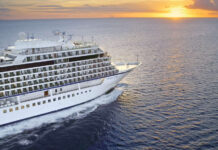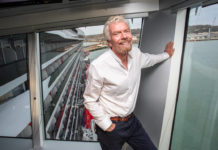It is difficult to put into words just how big Alaska is. It is so big that if you took the other three largest US states – Texas, California and Montana – all three could fit snugly within Alaska’s borders. It is so big that knowing what to see in Alaska can be difficult – so we’ve rounded up 16 reasons to visit Alaska so you know the things to see and do in Alaska in summer.
When to visit Alaska
Summer is the best time to visit Alaska – in fact, it’s pretty much the only time you’ll be able to visit this vast expanse without being hampered by its harsh winter. A short tourist season, running from late June to September, means accommodation is booked up fast, so plan now for 2020 – but make sure you include a range of activities in a trip. It’s worth noting that as demand is so high, some accommodation operates a lottery-style system of booking to ensure fairness for travellers.
What to see in Alaska
Alaska is packed with things to see and do, but knowing what to see in Alaska can be overwhelming. It has 14 distinct mountain ranges, 8 national parks, more than 3 million lakes, 22 million acres of national forest, and more coastline than the rest of the US combined.
Alaska’s immensity is matched only by its wildness, and even in the age of Google Maps, huge chunks of terrain remain virtually unexplored. The saloon bars of the American wild west have long since disappeared; the same cannot be said of the American wild.
Alaska celebrated its 60th anniversary of Alaskan statehood in 2019, so here are just a few of the reasons to visit Alaska – America’s ‘last frontier’ – in 2020.
1. Denali national park
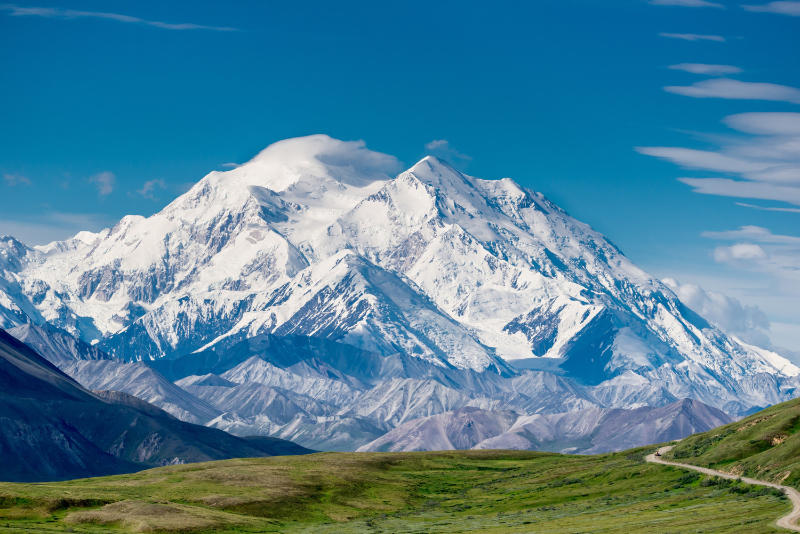
The roof of the entire North American continent, this geological giant is the third-highest of the coveted ‘Seven Summits’, after Everest and Mt. Aconcagua. While actually scaling it requires years of experience and months of planning, the surrounding Denali national park is Alaska’s answer to Yellowstone: Plunging valleys cut between jagged rock faces, glistening glaciers and clear blue lakes. With barely a building for miles, Denali supplies only the freshest, most bracing mountain air.
In the words of legendary photographer Ansel Adams: “No matter how sophisticated you may be, a large granite mountain cannot be denied.” Unfortunately, if you want to be sure of seeing the peak you’ll need to allow a few days. Denali is so tall it has its own weather system, and spends half the time shrouded in cloud.
2. Flying within metres of Mount Denali
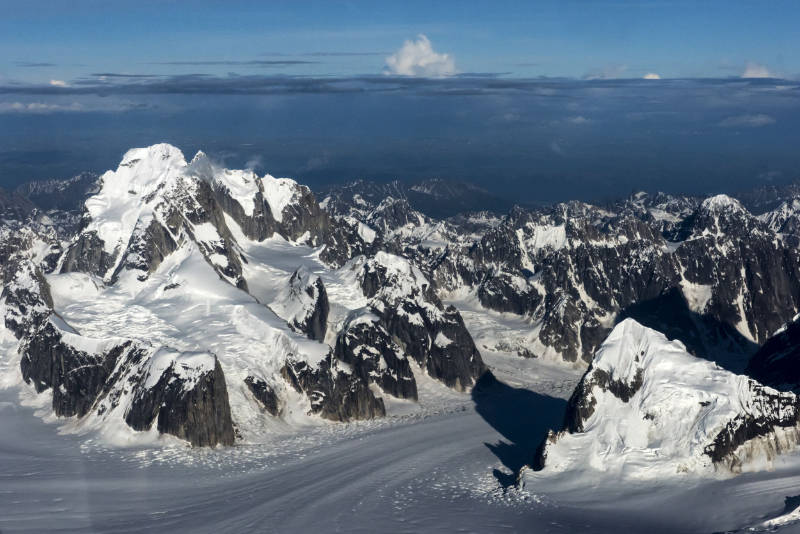
Denali’s highlight attraction is undoubtedly Mount Denali (previously named Mount McKinley), although the 6,190-metre summit is often obscured by clouds, but is one of the best examples of what to see in Alaska, if you can get close enough.
One way to guarantee a sighting is by taking an air safari. Pilot Greg LaHaie, who runs Kantishna Air Taxi, is an expert at weaving between peaks and finding clear patches of sky.
3. The Alaskan wildlife – bears, wolves and moose
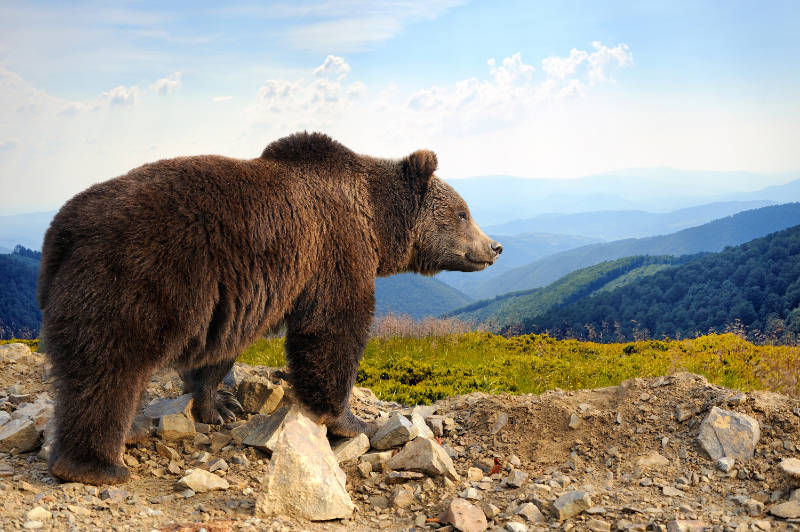
Alaskan fauna may be a little on the rugged side (most native creatures are some shade of brown, are furry and tend to have teeth), but there are few places on Earth where you can see wildlife so embedded in its natural habitat.
There are vast expanses of nothingness where giants reign supreme. Huge bull moose and caribou patrol the Alaskan hills, packs of grey wolves hunt deer, elk and bison, and three species of bear – brown, black and polar – roam the tundra in search of food.
4. Salmon running at Brooks Falls
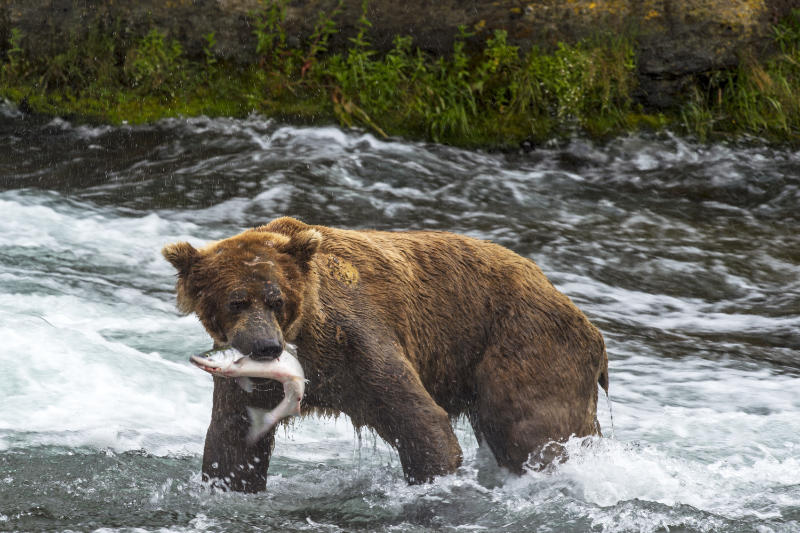
During summer, thousands of salmon swim upstream to spawn in the place they were born, providing food for opportunistic predators such as bears. One of the safest places to view the feeding frenzy is Brooks Falls in Katmai National Park on the south coast of Alaska.
You’ll need to take a commercial flight from Anchorage to King Salmon, followed by a float plane, which makes the trip expensive. Visitors come for short day trips, but it’s better to stay at either Brooks Lodge or in the neighbouring campsite – though Brooks Lodge operates a lottery-style system for booking.
At busy times, there can be up to 300 people queuing to get on the viewing platform. Come in the shoulder season (June or September), when there are fewer bears but the sightings are much more enjoyable.
5. Humpback whales and Glacier Bay
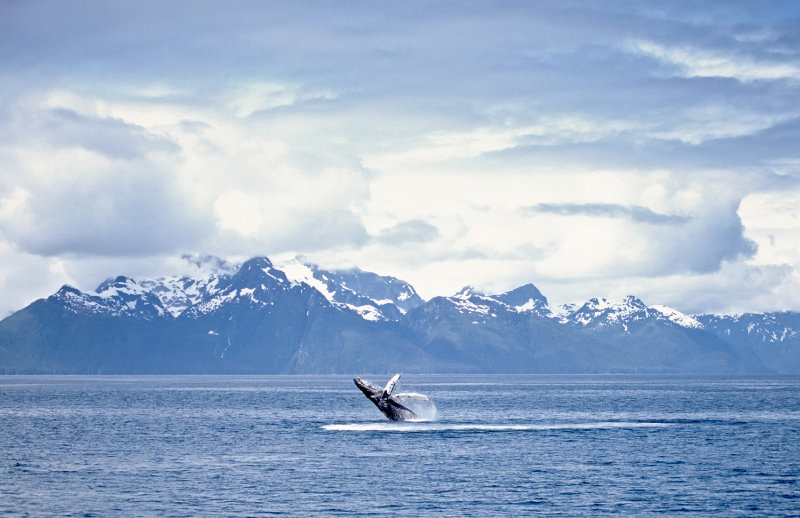
Like their terrestrial cousins, Alaska’s sea creatures are tough, wild, and unquestionably grand. Humpback whales breach and fluke in the waves of Glacier Bay, Belugas flock to feed in the Turnagain Arm near Anchorage, and orca glide up and down the Southeastern shoreline. The glacial valleys of the Kenai Fjords host sea otters – two or three times the size of their freshwater cousins. Throw in a few walruses and some seals, and Alaska’s seas serve up as seductive a selection of wildlife as anywhere in the sub-Arctic.
Seward and state capital Juneau are your coastal cornerstones, and both run boat tours several times a day.
6. Mountain reflections in Wonder Lake at Kantishna Hills
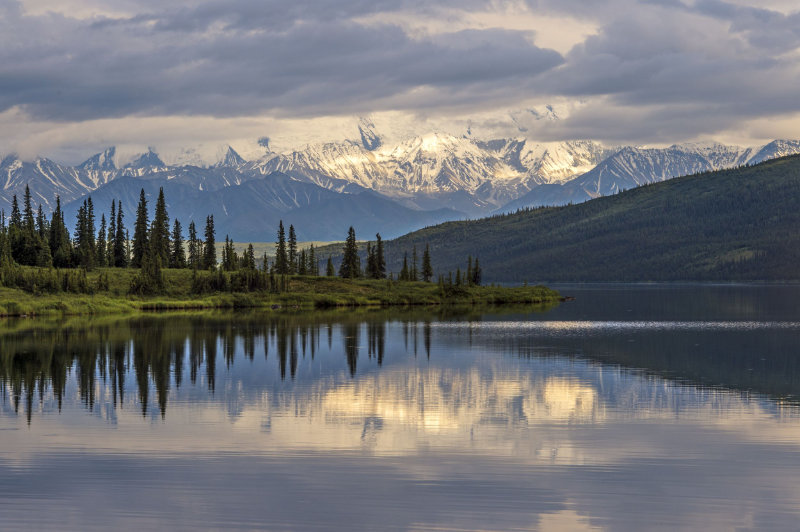
American landscape photographer Ansel Adams was mesmerised by the reflections in this lake set below the continent’s highest peak, Mount Denali, and the Alaska mountain range.
It’s located deep in Denali National Park in the “backcountry” area Kantishna Hills, 90 miles from the park’s over-commercialised entrance nicknamed Glitter Gulch.
It’s a six-hour bus ride (no cars are allowed this far in) or a 45-minute light aircraft ride to get here, although it’s advisable to stay overnight. A handful of lodges include Kantishna Roadhouse, where guests sleep in log cabins.
7. The Northern Lights over Fairbanks
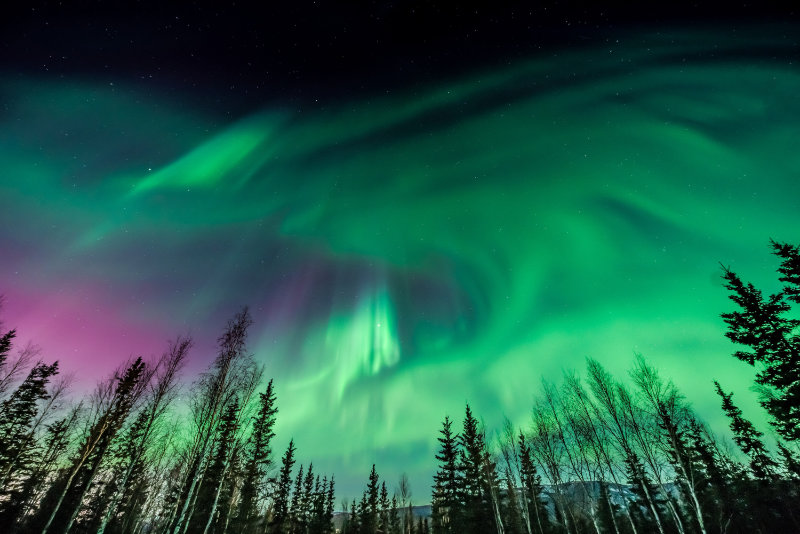
The Northern Lights have long been a staple of bucket lists the world over. Like an expressionist painting splayed across the sky, their iconic blend of luminescence can only be seen at night, so visit in the depths of winter to stack the odds in your favour.
The city of Fairbanks lies just beneath an “aurora oval” – a hotspot of solar activity – marking one of the world’s prime aurora-spotting locations.
8. Sea otters in Seward
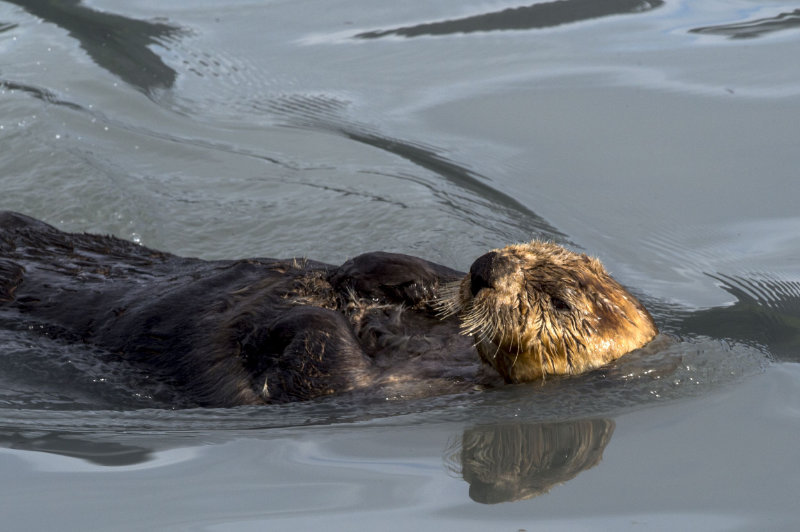
Known as old men of the ocean, long whiskered sea otters are a charming sight in the port of Seward, the gateway to Kenai Fjords. Moving with a gentle backstroke, they famously store a “favourite” stone on their stomachs, using it to crack open shellfish.
One habituated sea otter at the Alaska Sealife Center in Seward has even been known to stash sunglasses, keys and other stolen items under his armpits.
9. Humpback whales in Kenai Fjords
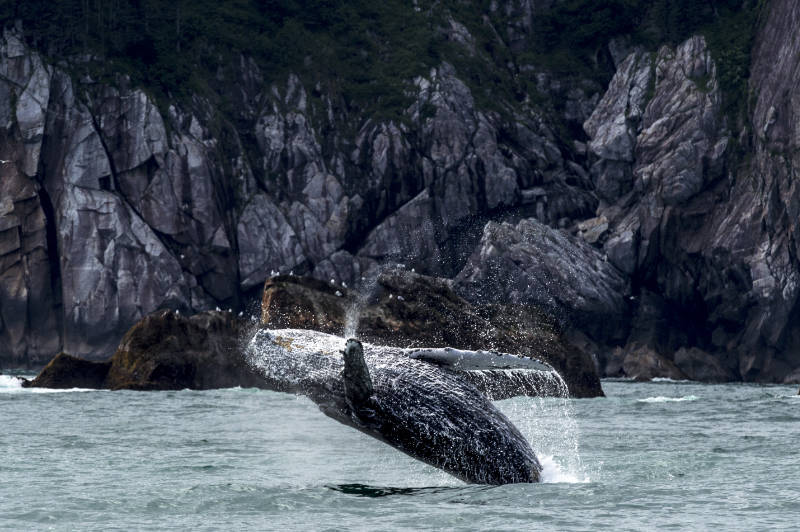
During summer, the waters around Kenai Fjords are packed with marine wildlife. Pods of resident orcas feed on salmon, and migratory humpbacks show off by breaching, fin flapping and fluking.
The best way to witness these displays is on a cruise; several day trips operate out of Seward and can be booked last minute. Kenai Fjords Tours also offers kayak trips.
10. The White Pass and Yukon Railroad
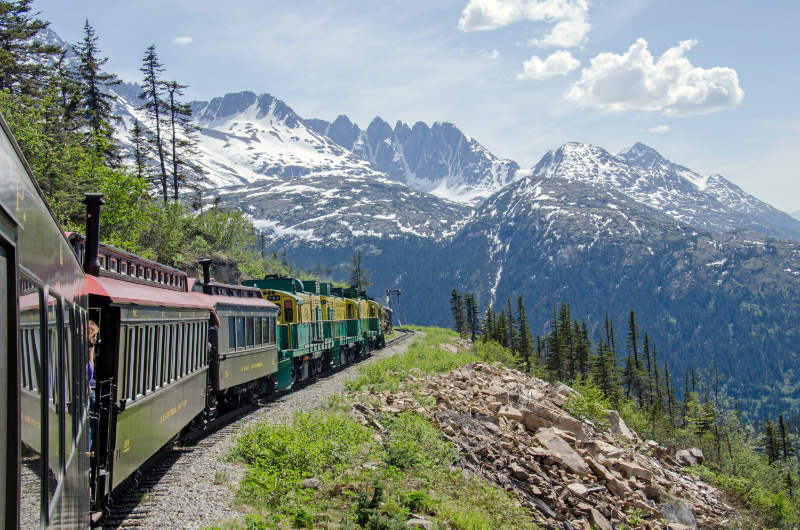
As with most good American wildernesses, Alaska was built on the railroad, and this Gold Rush-era heritage train tracks the journey of prospectors hoping to find fortune in the gold fields of Klondike.
As the train ascends, the pine forests become thicker, the peaks snowier, and the window seat ever more coveted. Canny travellers will wrap up warm and grab a spot on the rear carriage balcony – to enjoy the uninterrupted vistas with the wind rushing through your hair.
11. A journey on the Alaska Railroad
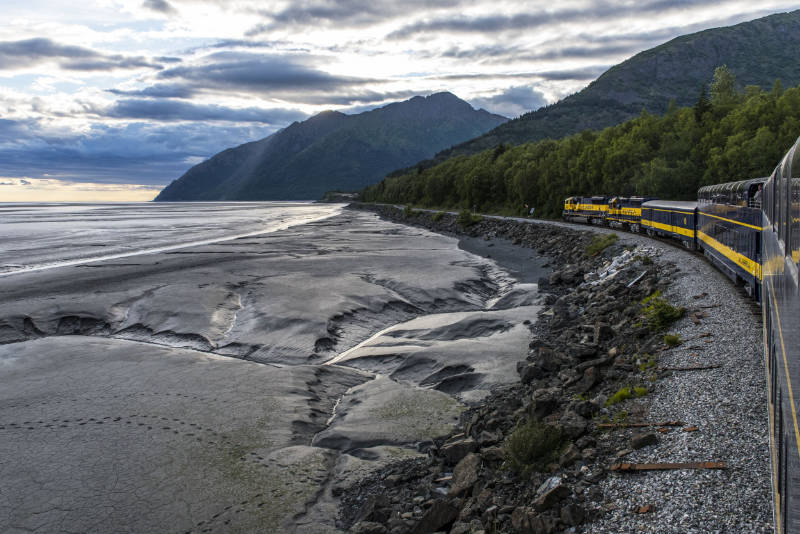
Completed in 1923, the Alaska Railroad operates several services between Seward in the south and Fairbanks in the north. It’s a great option for land-based travellers wishing to explore the country, and observation cars coupled with live commentary mean it’s much more than a journey from A to B.
The Railroad’s flagship train is the Denali Star, which runs a 12-hour trip between Anchorage and Fairbanks – with a useful stop at the entrance to Denali National Park. Book the Gold Star service for glass-dome carriages and access to a dining car.
12. The Wrangell-St. Elias National Park and Preserve
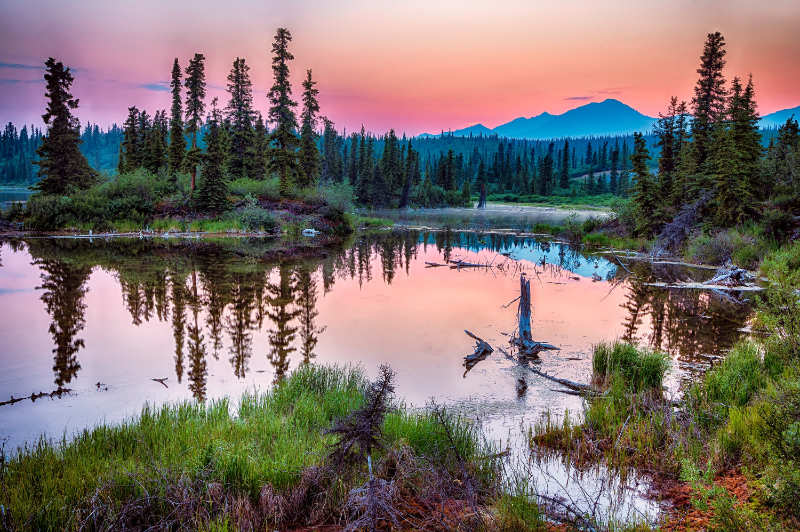
If Denali is Yellowstone, then Wrangell-St. Elias is Yosemite. This sprawling hinterland has all the charms of Denali with a tiny fraction of the crowds. A chocolate box of Alaskan scenery, the park boasts 60% of America’s glacial ice, the US’ second highest peak in Mount St. Elias, and a National Historic Landmark in the abandoned Kennecott Copper Mines.
Local operators offer rafting tours lasting an afternoon to a week, kayaking, bush-craft, and an endless supply of picturesque hikes.
13. Visit Anchorage Museum
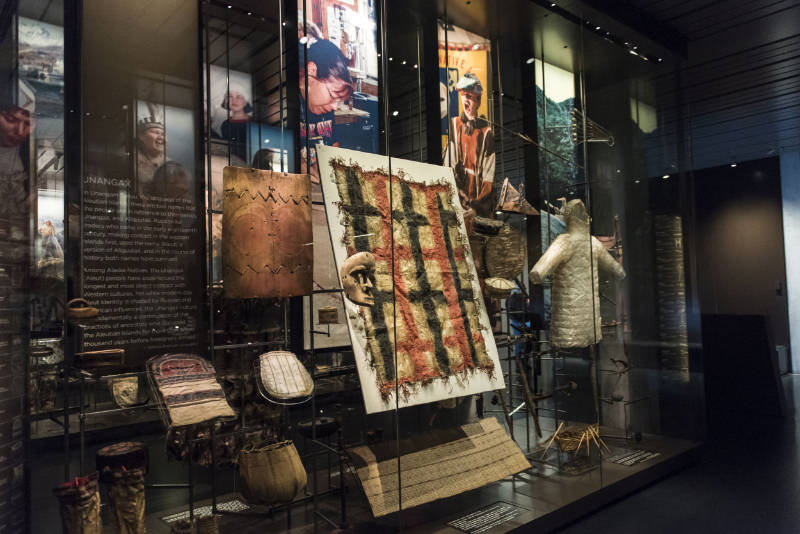
Get to grips with the scale, size and significance of Alaska at the excellent, revamped Anchorage Museum. Temporary exhibitions include reflections on climate change, something acutely felt in this glacier-heavy region of the world, and works by polar artists.
A permanent showcase of native cultures offers an insight into the lives of indigenous communities who’ve called this wilderness home for centuries. Seek out an impressive rain mac made from seal skin.
14. Tax-free shopping in Alaska

Ok, you’ll have to bear with us on this one. Out of all the consumerist havens in the United States, it might seem strange to trek all the way to the last frontier to do your shopping closer to Siberia than Silicon Valley.
The reason is simple: Tax. The fur traders have stopped trading, the gold miners have stopped mining, but the state has such massive oil revenues that the taxman never started taxing. Residents pay no income tax and shops pay no sales tax – in fact just for living there you receive a cheque (thanks to the Alaska Permanent Fund).
No complimentary cash for visitors unfortunately, but you can still enjoy bargain hunting tax-free.
15. Glaciers calving into the fjords
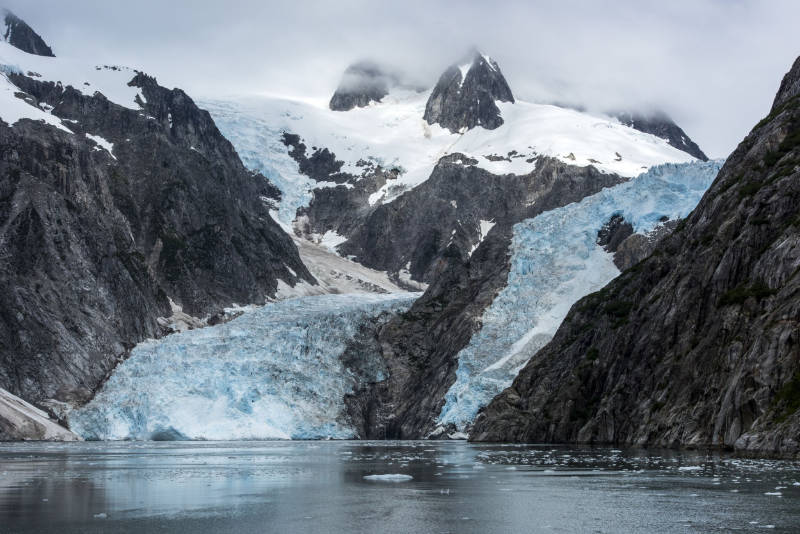
Alaska is made up of more than 100,000 glaciers and many can be found along the coast of Kenai Fjords. Watching the icy sculptures calve (a process where chunks break off and crash into the water) is best done from the safety of a sightseeing cruise.
Adventure company Liquid Adventures get closer to the ice edge with SUP (stand-up paddle boarding) and overnight camping trips to Bear Glacier.
16. Because what to see in Alaska is just so… different
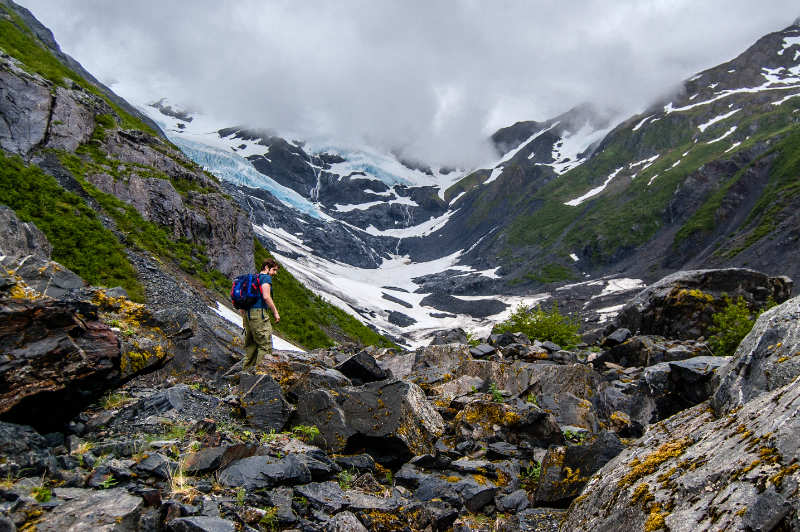
Picture the scene: You’re perched on a hillside surrounded by Alaskan tundra, it’s 3 o’clock in the morning but the sun is high in the sky, and you know that there probably isn’t another living soul for 10 miles.
We wouldn’t advise spending every night like this, but it’s the fact you could that makes Alaska so remarkable. The harsh, rugged beauty, the liberating solitude, the seasonal merger of night and day: Alaska has that strange ability to balance adrenaline with tranquillity.























































